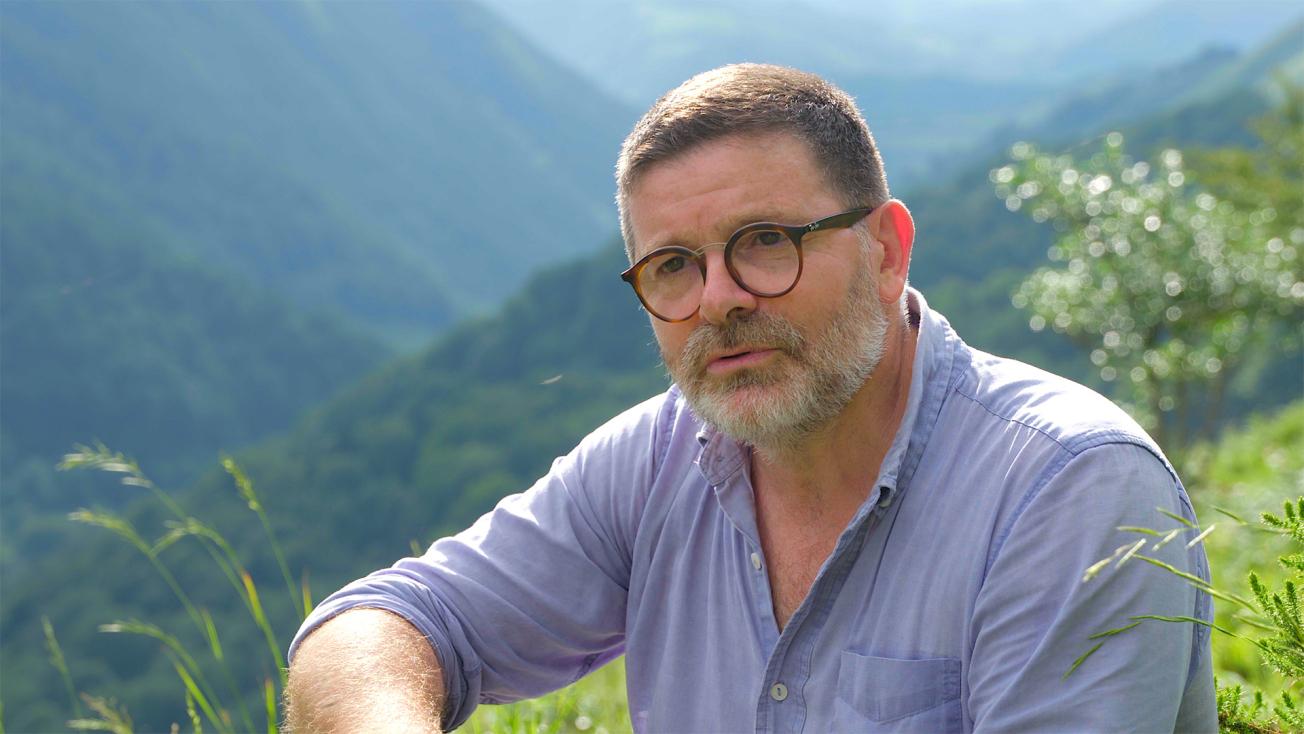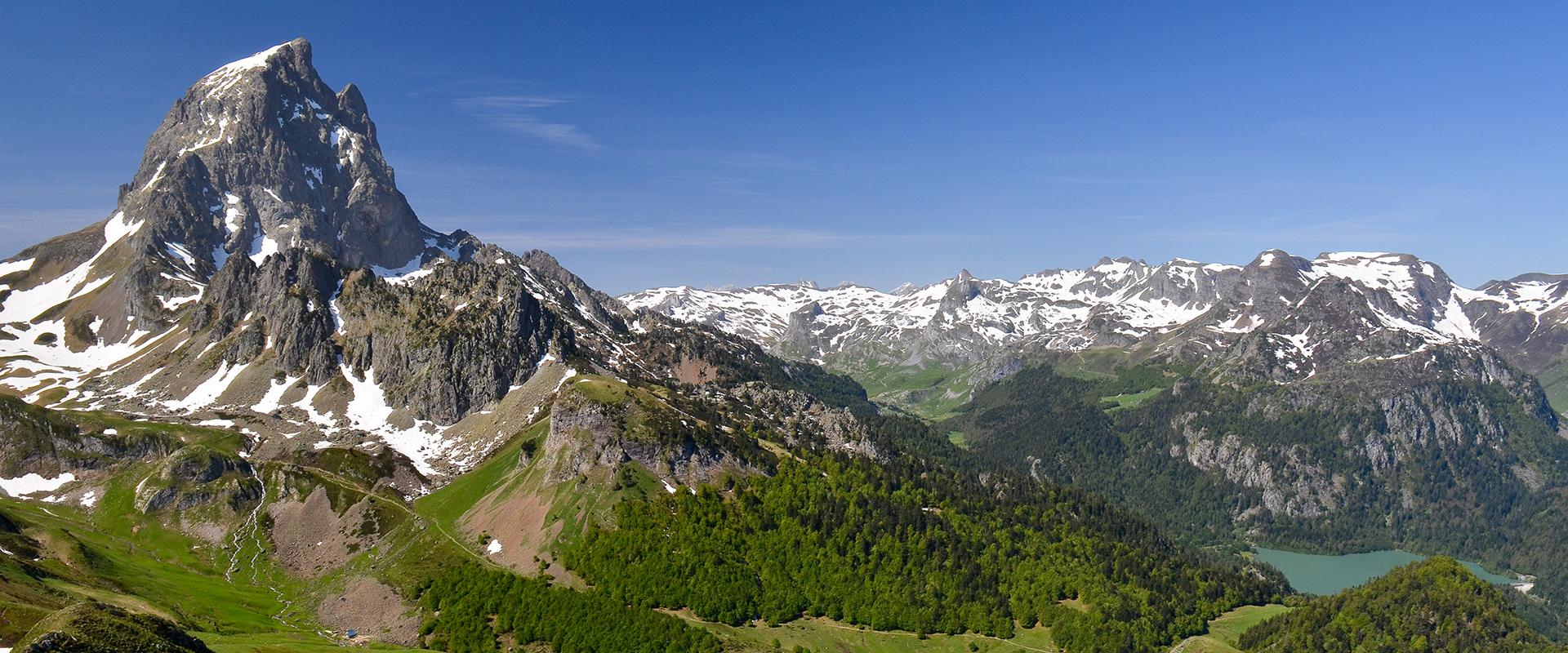
Sylvain Calassou, Project Manager, TotalEnergies (2021).
© TotalEnergies
Interview of Sylvain Calassou, Convergent Margins to Foothills, Project manager, TotalEnergies.
How did the partnership with BRGM come about?
Sylvain Calassou : Within the framework of its exploration activities, TotalEnergies decided to review its understanding of various geodynamic contexts. The project concerning converging margins is part of this review. It involves studying the boundaries between two converging tectonic plates, which are the site of complex geological phenomena at different levels.
Issues such as the evolution of margin thermicity and the role of abiotic fluids (methane, hydrogen) have made us aware that geosciences could have an impact on R&D at TotalEnergies, and even on future professions. This is what drove us to establish a partnership with BRGM and CNRS.
What were the specific areas of research concerned?
S. C. : Overall, we felt we needed to improve our understanding of the geodynamic context in relation to exploration. To be more specific, in September 2014, I took over responsibility for work on converging margins, in my capacity as project manager. The aim was to change our whole perspective and adopt a holistic approach to our studies, from the fundamental driving forces of the planet’s dynamics to sedimentary basins, and gain a better understanding of the interactions between fluids and rocks, surface dynamics and the drainage and deposition of sediments in relation to how reliefs evolve and are deformed, etc. With this in mind, we decided to study the Iberian Plate and its peripheral area.
Drawing on BRGM’s expertise seemed the natural choice, notably since it has been managing the RGF programme (French Geological Reference Platform) in the Pyrenees since 2015. As regards CNRS, they also had ANR (French National Research Agency) projects that were already underway in the Pyrenees. TotalEnergies had a research centre in Pau close to the study area, but, above all, we were also able to make all the data from our exploration of the Aquitaine basin available. This led to three inter-connected sub-projects: OROGEN, Source-To-Sink and Fluids.
How would you assess the results?
S. C. : This partnership was unrivalled in terms of the scale of the collaboration (150 researchers) and the scientific results (53 thesis and post-doctoral studies completed, with more than 100 papers in scientific publications). It also showed how geosciences could potentially contribute to facilitating transition issues and be used as a teaching aid for future areas of study and even for new professions.
The results were very positive. The scientists at both BRGM and TotalEnergies were able to enhance their expertise, and we gained a greater mutual understanding of how BRGM, CNRS, university researchers and the industrial sector operate.







